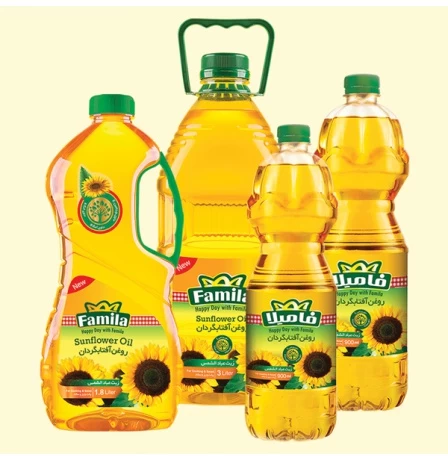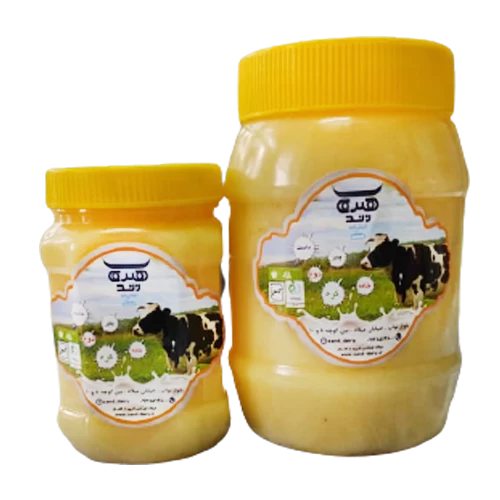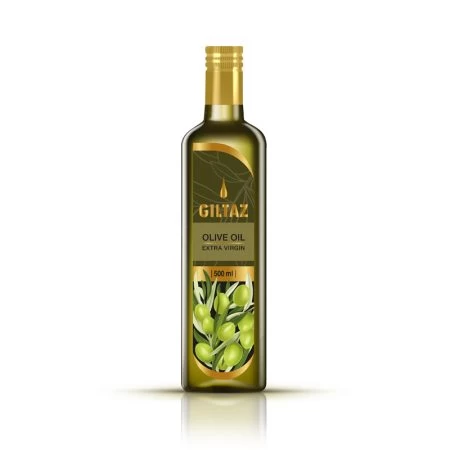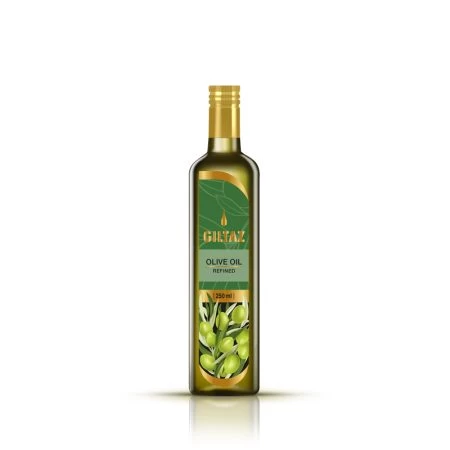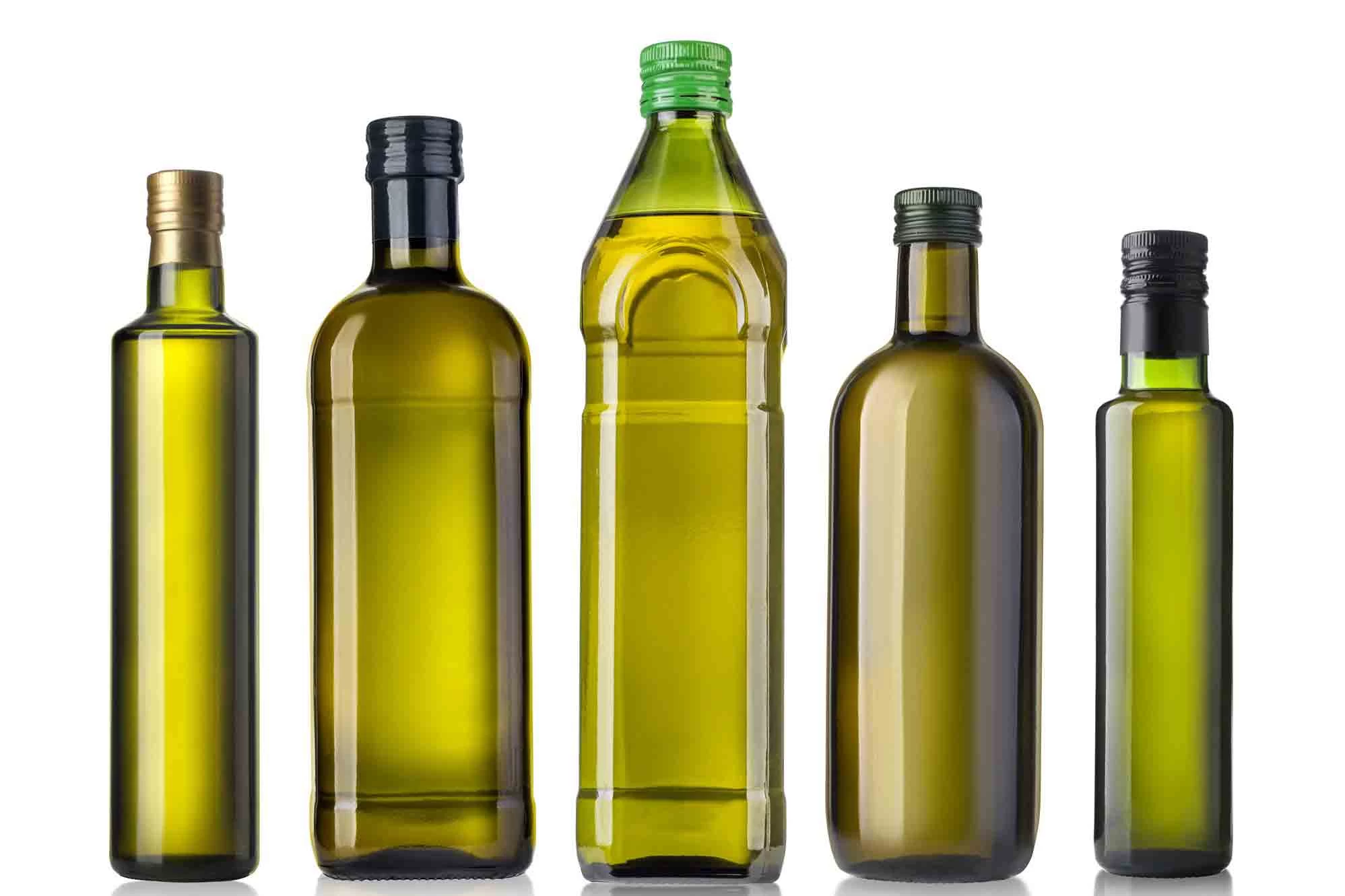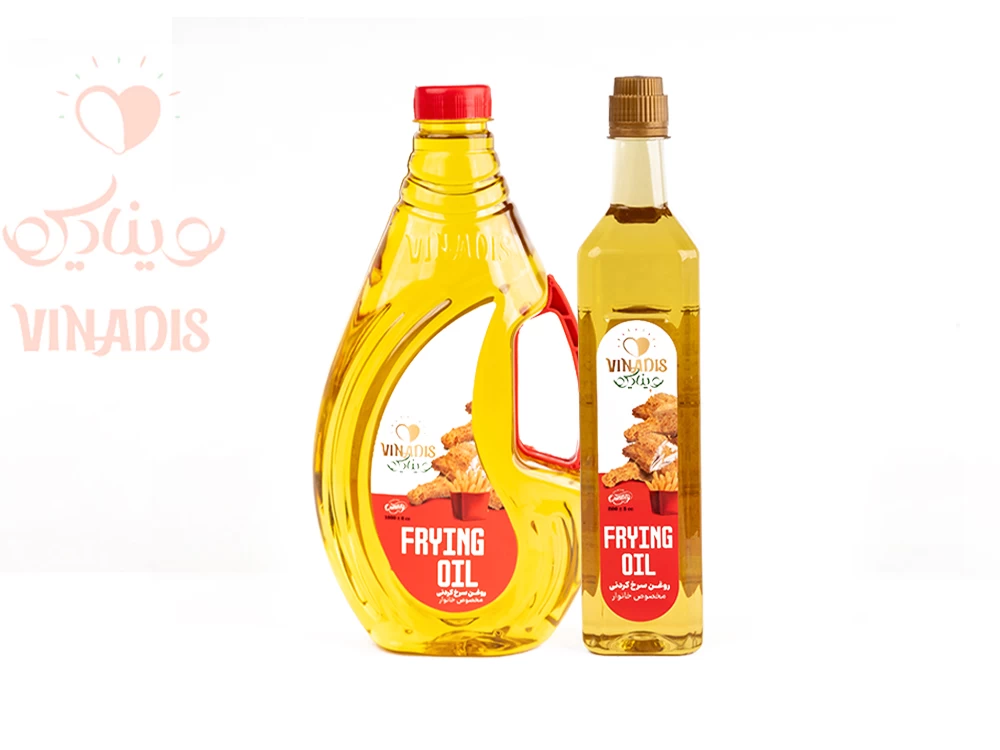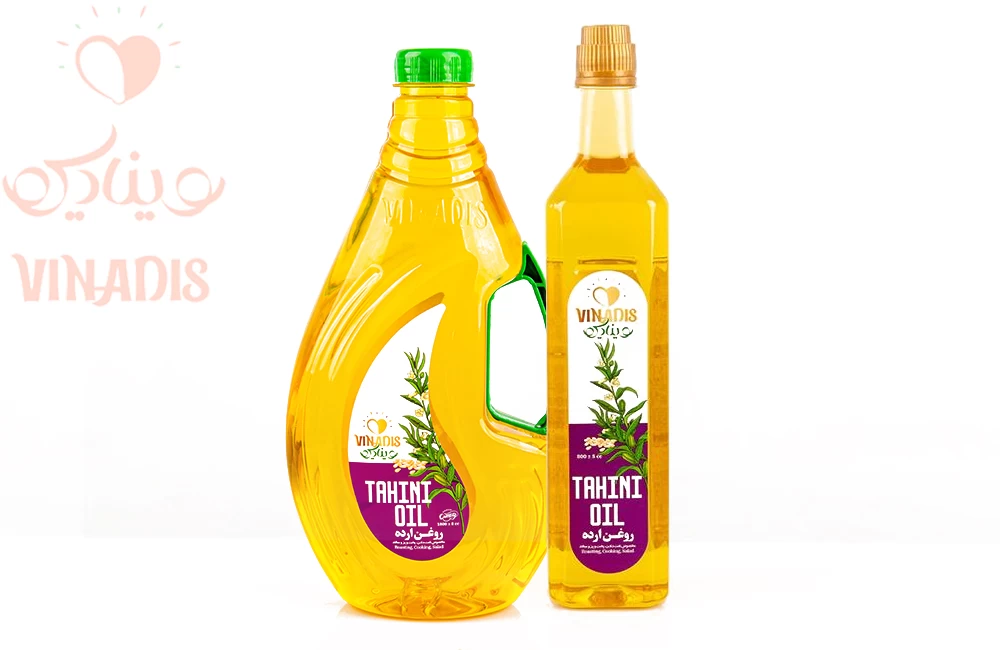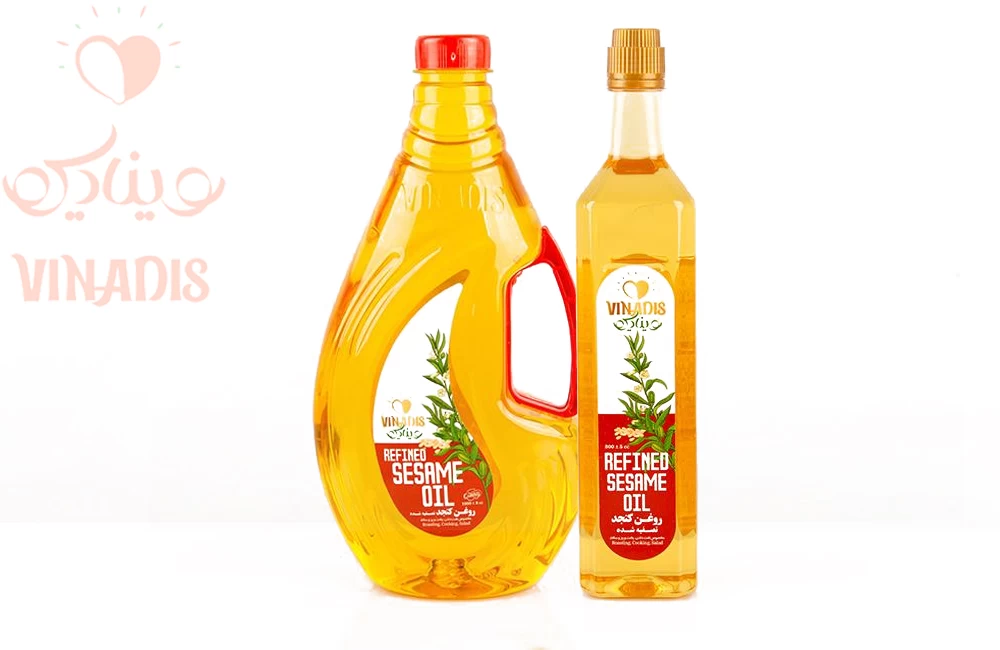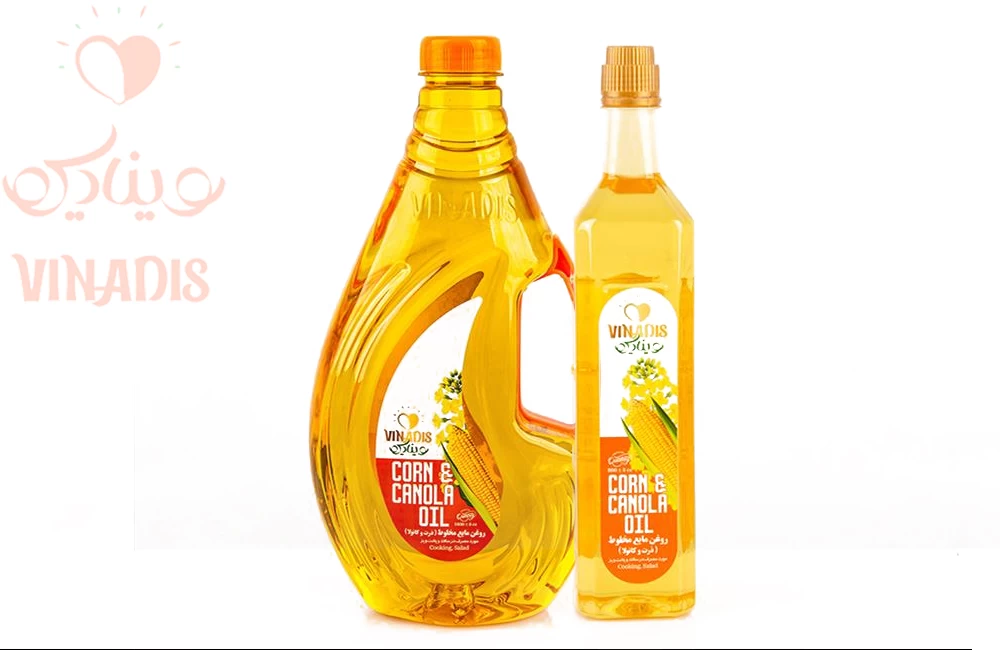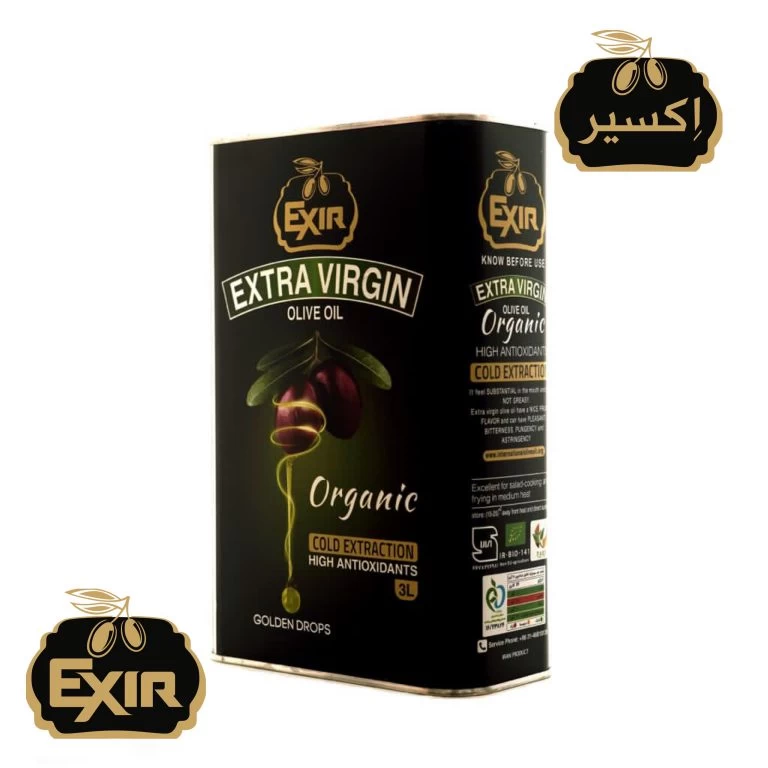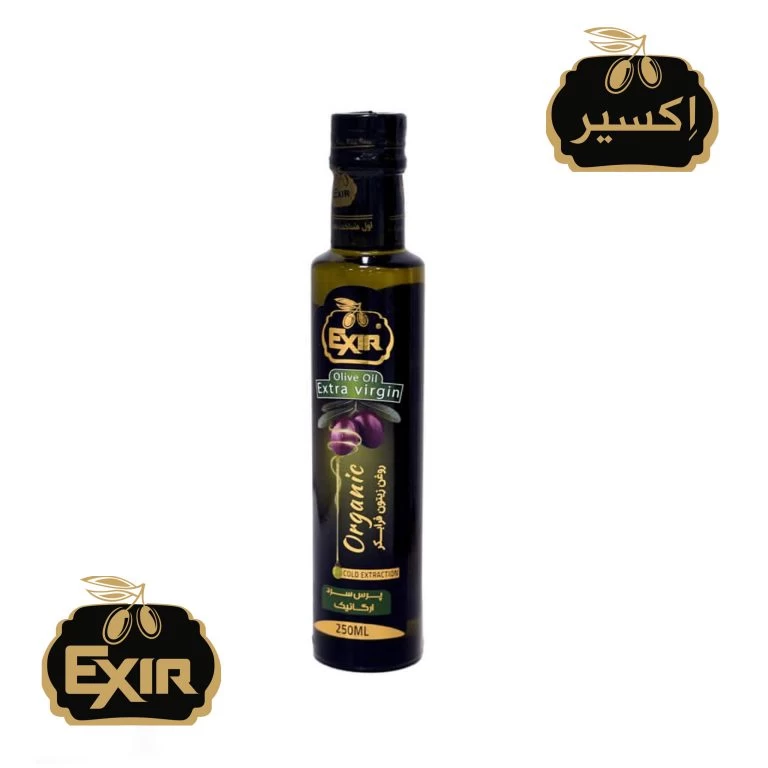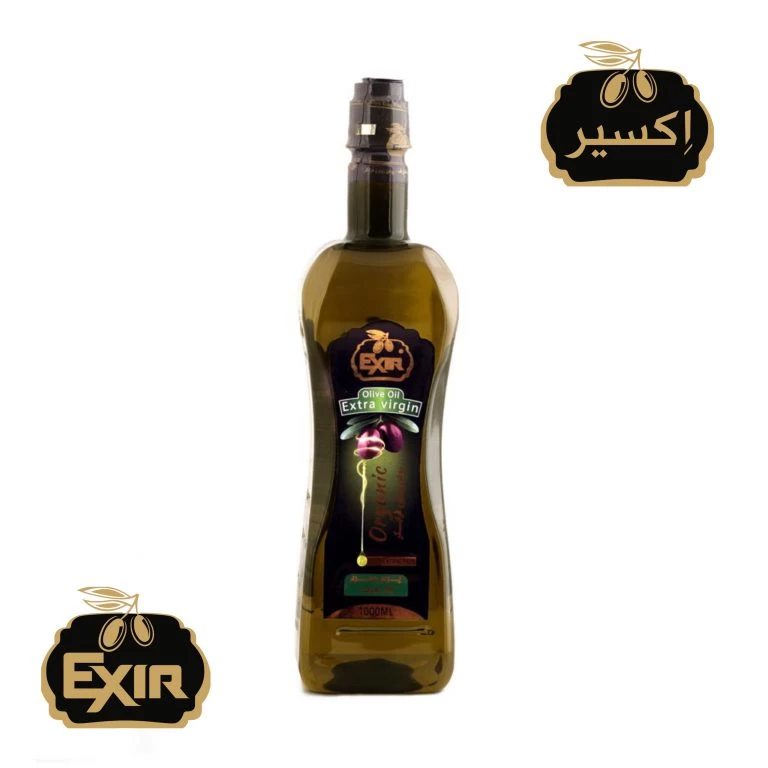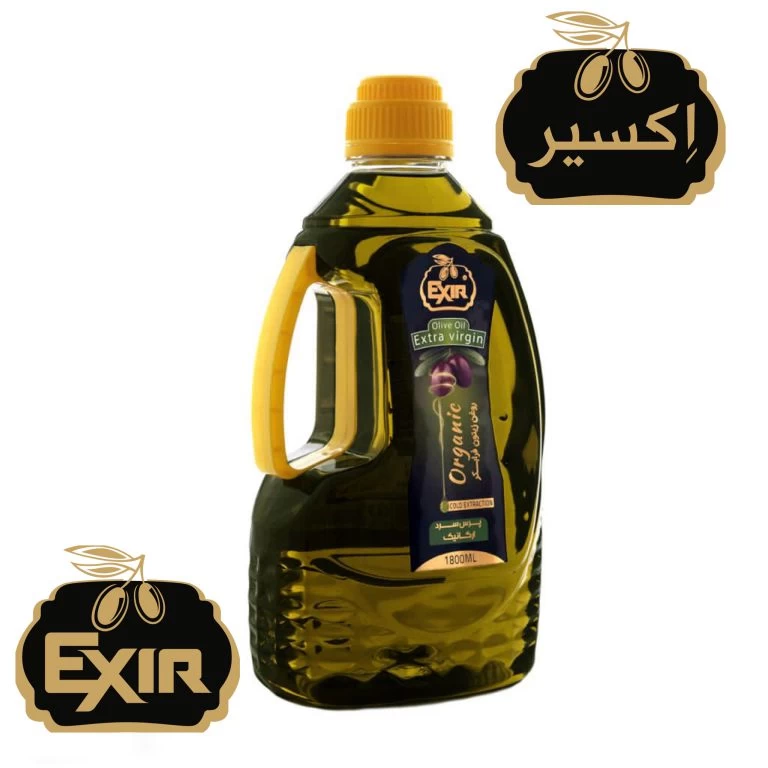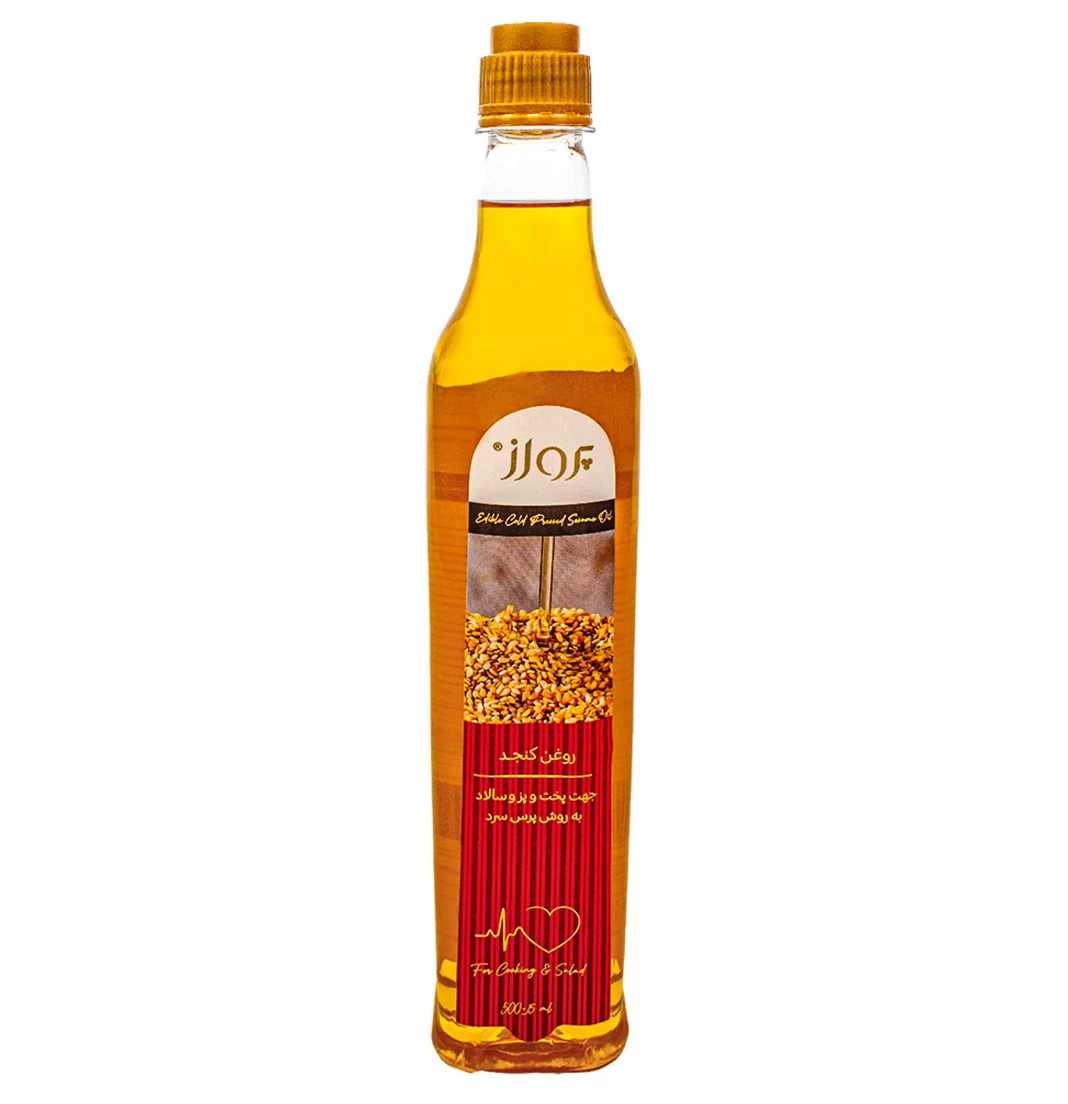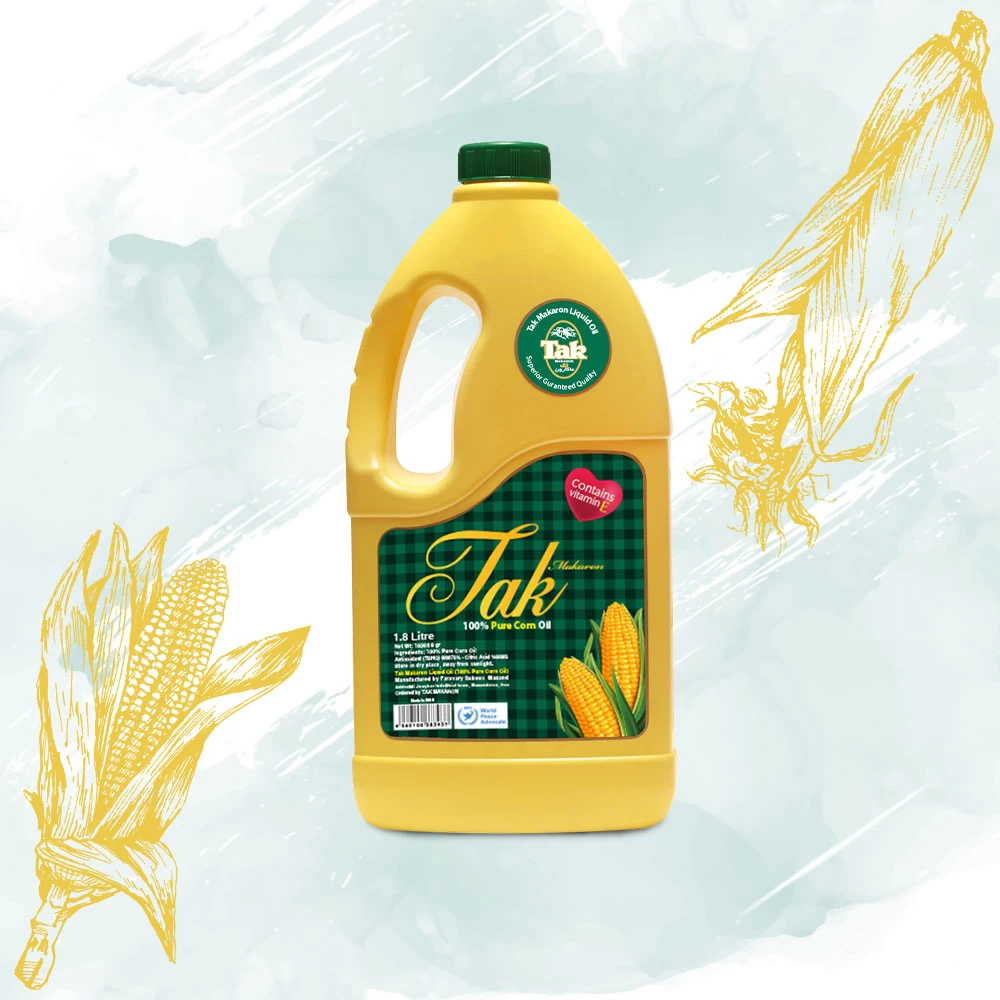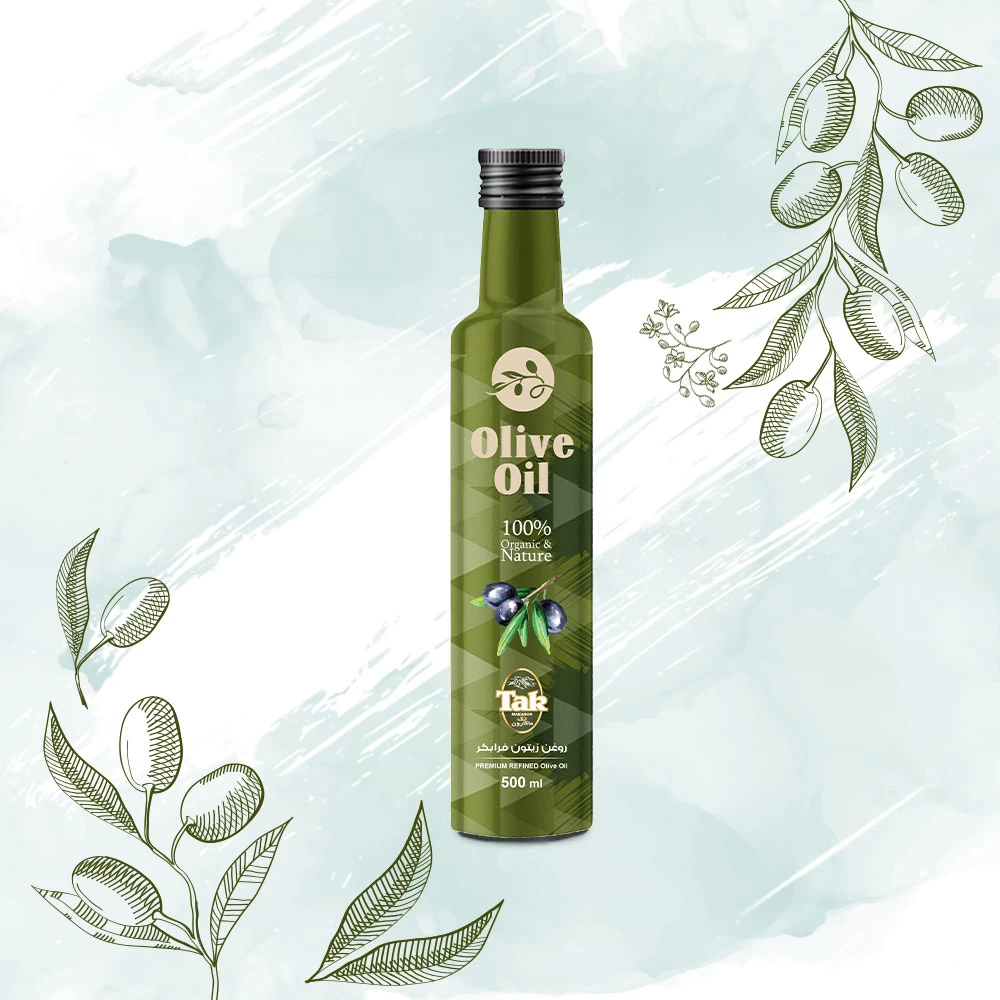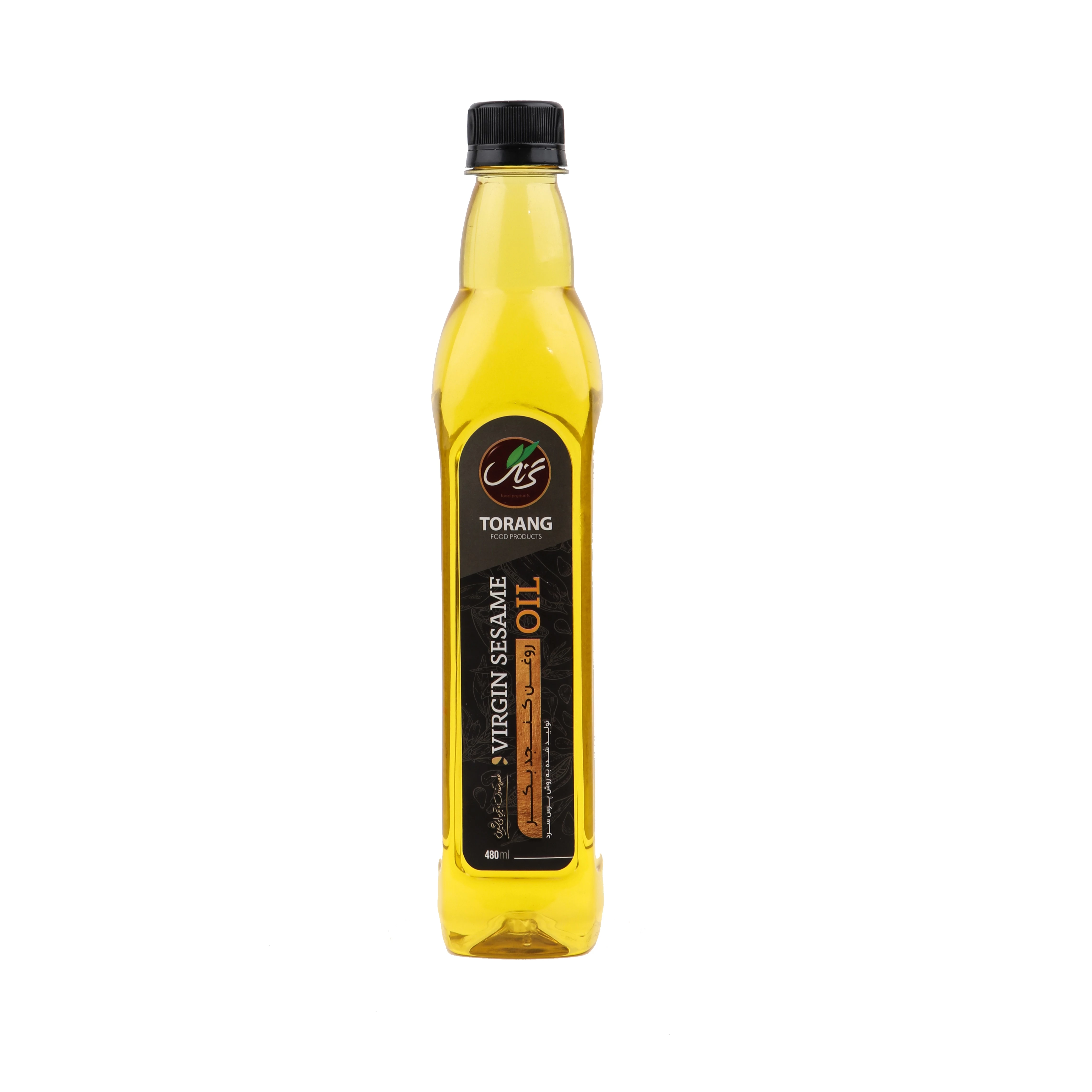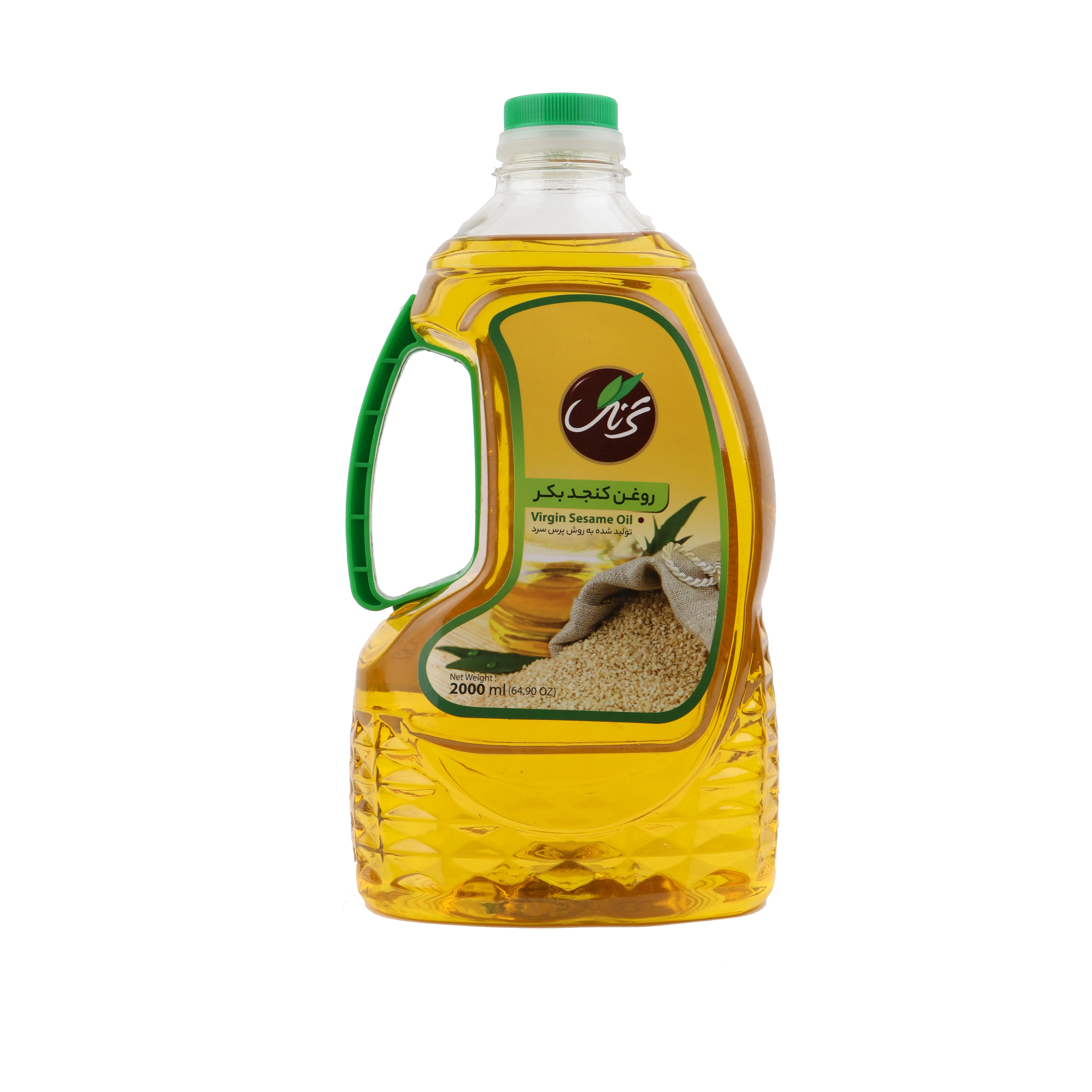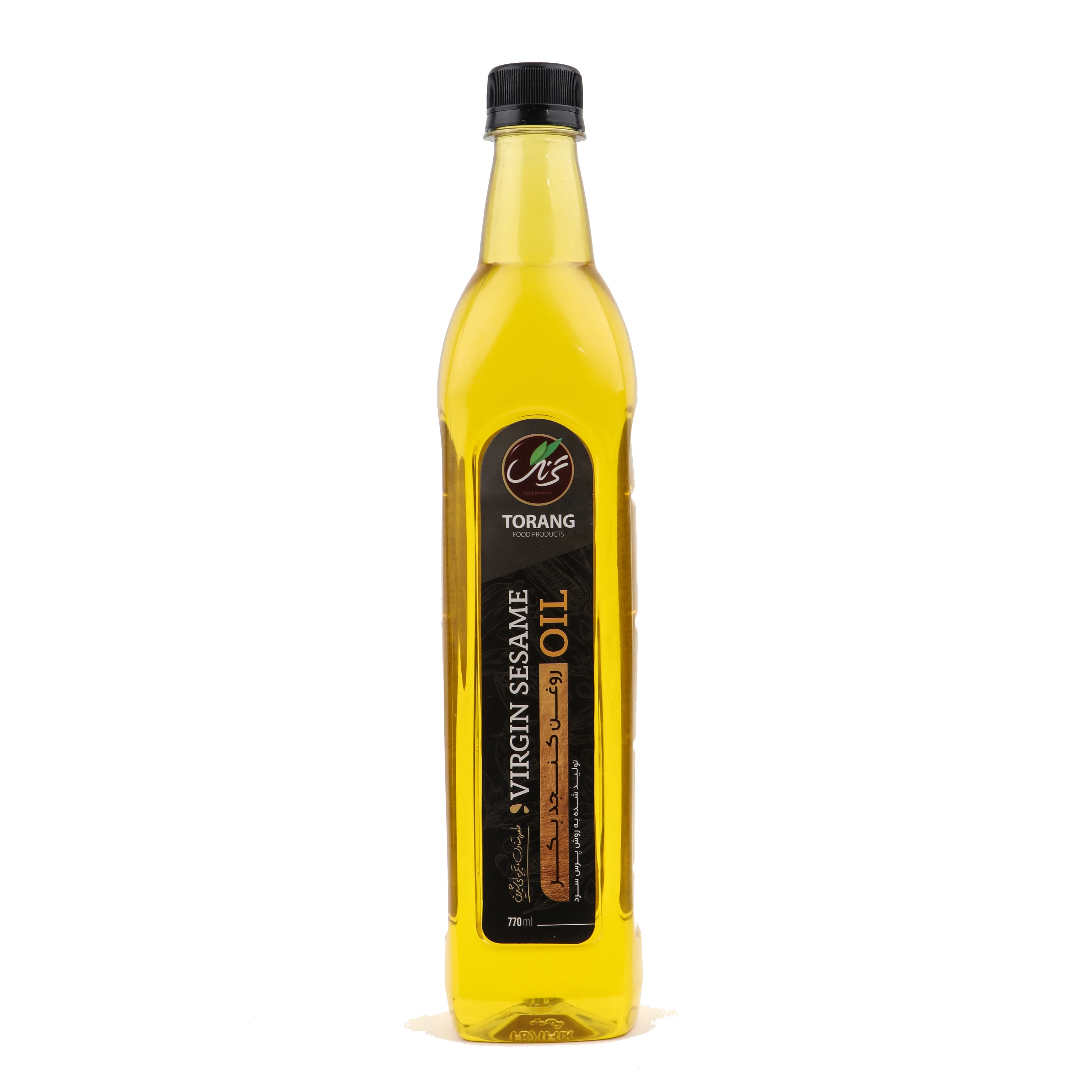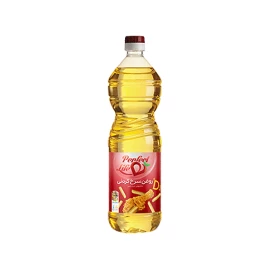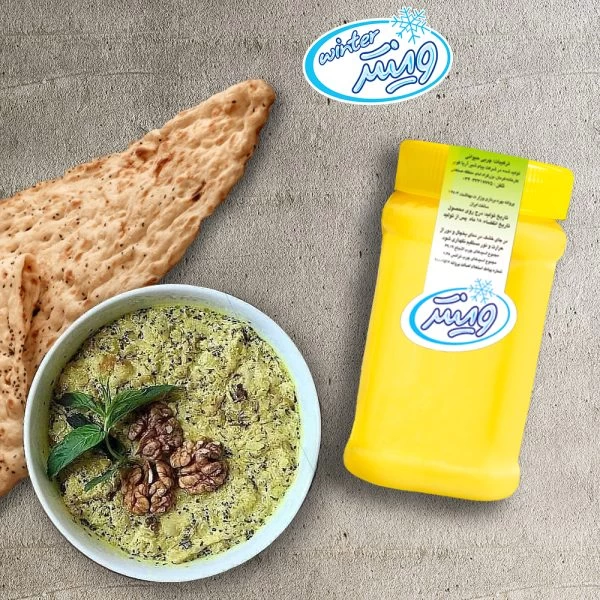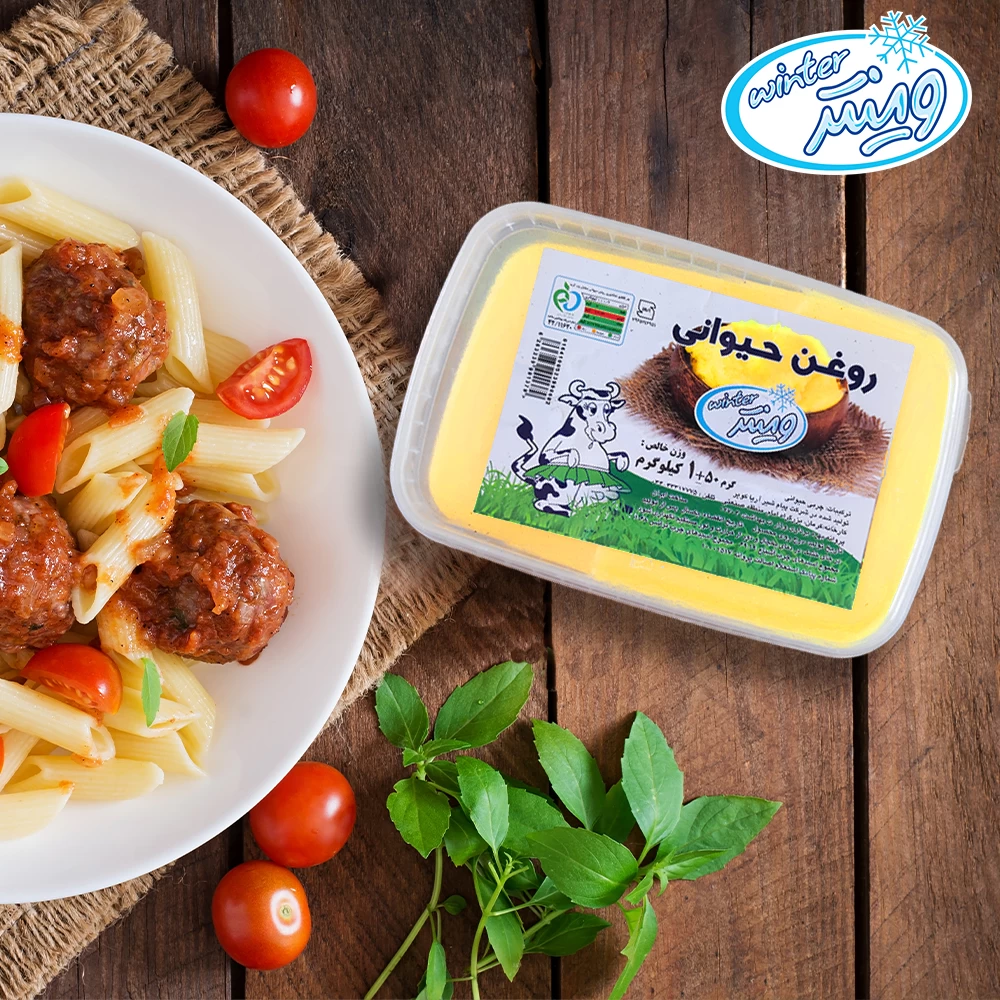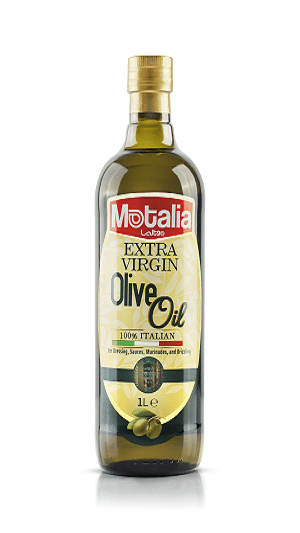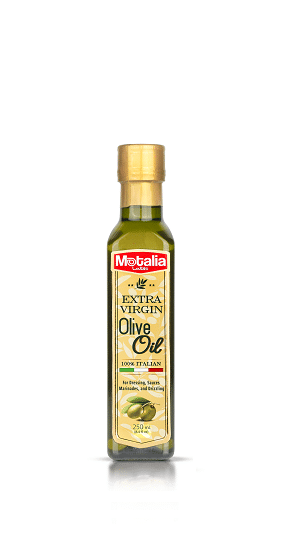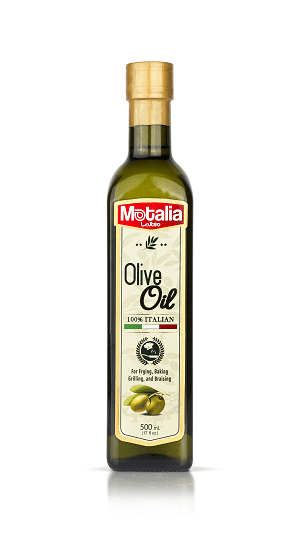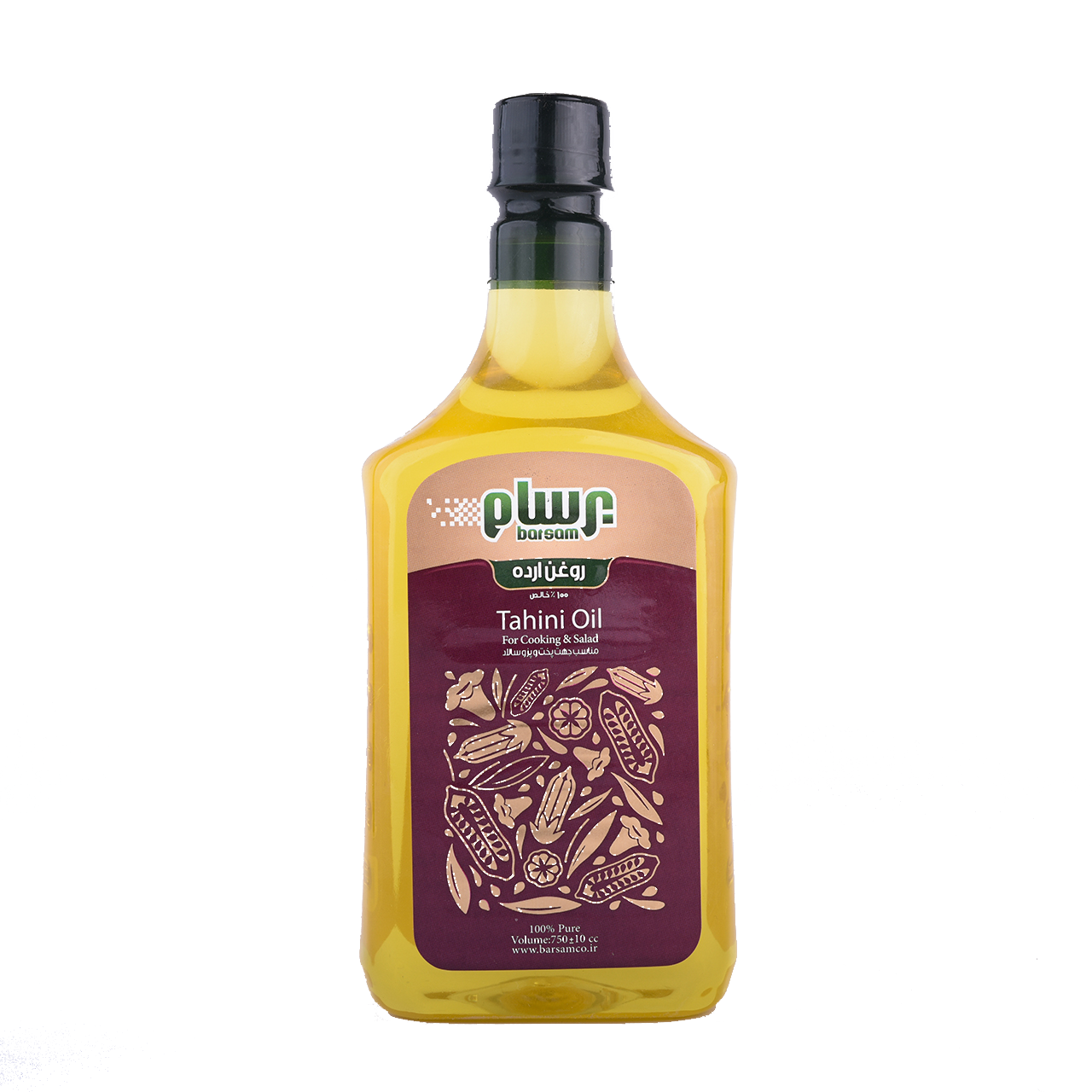Edible oil
Edible oil refers to the type of oil that is derived from various plant sources and is suitable for consumption. It is a crucial ingredient in cooking and food preparation, as it provides flavor, texture, and acts as a medium for heat transfer during cooking processes such as frying, sautéing, and baking.
There are several commonly used edible oils, each with its distinct characteristics and culinary applications. Here are some of the most popular ones:
1. Olive Oil: Olive oil is derived from olives and is widely used in Mediterranean cuisine. It is known for its distinct flavor and is available in different varieties such as extra virgin, virgin, and refined. Extra virgin olive oil, obtained through cold pressing, is considered the highest quality and is often used in dressings, marinades, and drizzling over cooked dishes.
2. Canola Oil: Canola oil is derived from the seeds of the canola plant, which is a type of rapeseed. It has a mild flavor and a high smoke point, making it suitable for a wide range of cooking methods, including frying and baking. Canola oil is low in saturated fat and contains a good balance of omega-3 and omega-6 fatty acids.
3. Soybean Oil: Soybean oil is extracted from soybeans and is one of the most widely consumed cooking oils worldwide. It has a neutral flavor and a high smoke point, making it suitable for various cooking methods. Soybean oil is commonly used in frying, baking, and as an ingredient in processed foods.
4. Sunflower Oil: Sunflower oil is obtained from sunflower seeds and is known for its mild flavor and light texture. It has a high smoke point, making it suitable for frying and sautéing. Sunflower oil is also commonly used in salad dressings and marinades.
5. Coconut Oil: Coconut oil is extracted from the kernel of mature coconuts. It has a unique flavor and aroma, which adds a tropical touch to dishes. Coconut oil has a high smoke point, making it suitable for cooking at high temperatures. It is commonly used in Asian and tropical cuisines and is also popular in vegan and vegetarian cooking.
6. Palm Oil: Palm oil is derived from the fruit of oil palm trees. It has a reddish-orange color and a distinct flavor. Palm oil has a high smoke point and a semi-solid consistency at room temperature, making it suitable for frying and baking. It is commonly used in processed foods, such as margarine, snacks, and baked goods.
_1711386061.jpg)
It's important to note that while edible oils are an essential part of cooking, moderation is key, as they are high in calories and fat content. It's always a good idea to choose oils that are low in saturated fat and high in monounsaturated or polyunsaturated fats for a healthier diet.
When selecting an edible oil, consider factors such as the desired flavor, smoke point, nutritional profile, and cooking method to ensure you choose the most appropriate oil for your culinary needs.
Edible oil is used in a wide range of foods and products for various purposes. Here are some common applications of edible oil:
1. Cooking: Edible oil is primarily used for cooking purposes. It is used for frying, sautéing, stir-frying, and deep-frying foods to enhance flavor, texture, and to facilitate heat transfer during cooking. Different oils are chosen based on the cooking method and desired flavor profile.
2. Salad dressings and sauces: Many salad dressings and sauces incorporate edible oil as a key ingredient. Oils such as olive oil, canola oil, and sunflower oil are commonly used in salad dressings to add flavor and provide a smooth texture. They can also be used as a base for various sauces and marinades.
3. Baked goods: Edible oil is often used in baking to add moisture and texture to cakes, cookies, bread, and other baked goods. It helps to create a tender and moist crumb in cakes and contributes to the overall richness of the product. Oils like canola oil, sunflower oil, and vegetable oil are commonly used in baking.
4. Margarine and spreads: Edible oils are used as ingredients in the production of margarine and spreads. These products are often used as substitutes for butter and are made by blending oils with other ingredients to create a spreadable consistency.
5. Snack foods: Many snack foods, such as potato chips, popcorn, and crackers, are fried in edible oils to achieve a crispy texture and enhance flavor. Oils with high smoke points, such as refined vegetable oils, are commonly used for this purpose.
6. Processed and packaged foods: Edible oils are widely used in the production of processed and packaged foods. They can be found in items such as packaged snacks, frozen foods, canned goods, sauces, and condiments. Oils are used for frying, as an ingredient in sauces and dressings, and as a preservative in some cases.
7. Confectionery: Edible oils are used in the production of confectionery items like chocolates and candies. They are used to provide a smooth and creamy texture to chocolate products and to create a glossy finish.
It's important to read product labels and be aware of the types of oils used in processed and packaged foods, as some oils may be high in saturated fats or contain trans fats, which can be detrimental to health when consumed in excess.

Oils that are high in saturated fats or contain trans fats are generally considered less healthy options when consumed in excess. Here are some examples:
1. Coconut Oil: While coconut oil is popular in certain cooking and baking applications, it is high in saturated fats. Saturated fats can raise cholesterol levels in the blood, so it is recommended to consume coconut oil in moderation.
2. Palm Oil: Palm oil is another oil that is high in saturated fats. It is commonly used in processed foods, such as baked goods, snacks, and margarine. The consumption of palm oil should be moderated due to its saturated fat content.
3. Butter: Butter is an animal-based fat that is high in saturated fats. It is commonly used in cooking, baking, and as a spread. It is advisable to limit butter consumption and opt for healthier alternatives when possible.
4. Lard: Lard is a type of rendered animal fat, primarily obtained from pigs. It is high in saturated fats and is commonly used in cooking and baking, especially in certain culinary traditions. Like butter, it is recommended to limit consumption due to its saturated fat content.
5. Hydrogenated Oils: Hydrogenated oils are vegetable oils that have undergone a process called hydrogenation, which converts them into solid fats. During this process, trans fats are formed. Trans fats are known to increase the risk of heart disease and are widely considered unhealthy. Partially hydrogenated oils, in particular, contain trans fats and have been largely phased out from the food industry in many countries due to health concerns.
_1711386061.jpg)

FAQs
What are the health considerations and benefits associated with different types of edible oil?
Different types of edible oils have varying health considerations and benefits. Olive oil is rich in monounsaturated fats and beneficial for heart health. Canola oil is low in saturated fat and high in omega-3 fatty acids. Coconut oil, however, is high in saturated fat and should be consumed in moderation. Choose oils that suit your dietary needs and preferences.
What are some common culinary applications of edible oil in cooking and food preparation?
Edible oil is commonly used for frying, sautéing, baking, and as an ingredient in salad dressings, sauces, and marinades.
How do you choose the most suitable edible oil for different cooking methods?
Consider the smoke point and flavor profile of the oil. Choose high smoke point oils like canola or sunflower for frying, and oils with desired flavors like olive oil for dressings and sautéing.
Are there any alternatives to traditional edible oils that offer healthier options without compromising flavor and functionality?
Yes, alternatives such as avocado oil, grapeseed oil, and flaxseed oil offer healthier options with distinct flavors and versatility in cooking.
 +7929688-88-14
+7929688-88-14

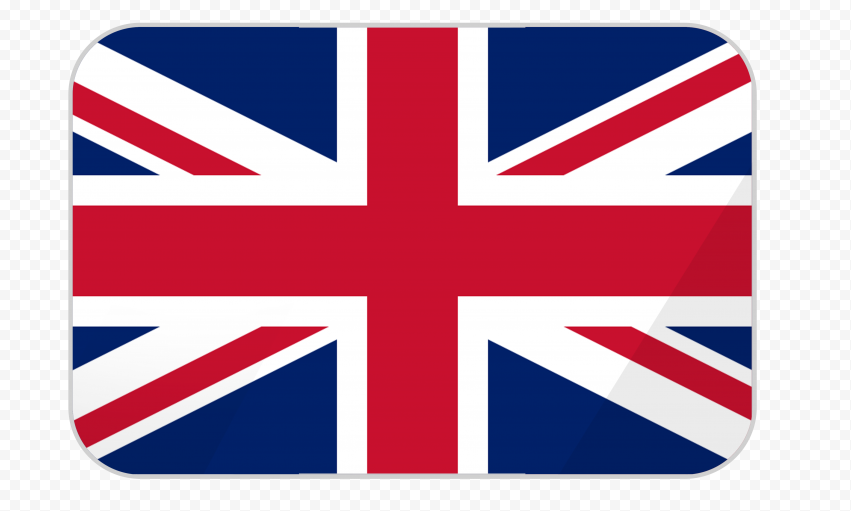 English
English
 Persian
Persian
 Russian
Russian
 Chinese
Chinese


 +7929688-88-14
+7929688-88-14

